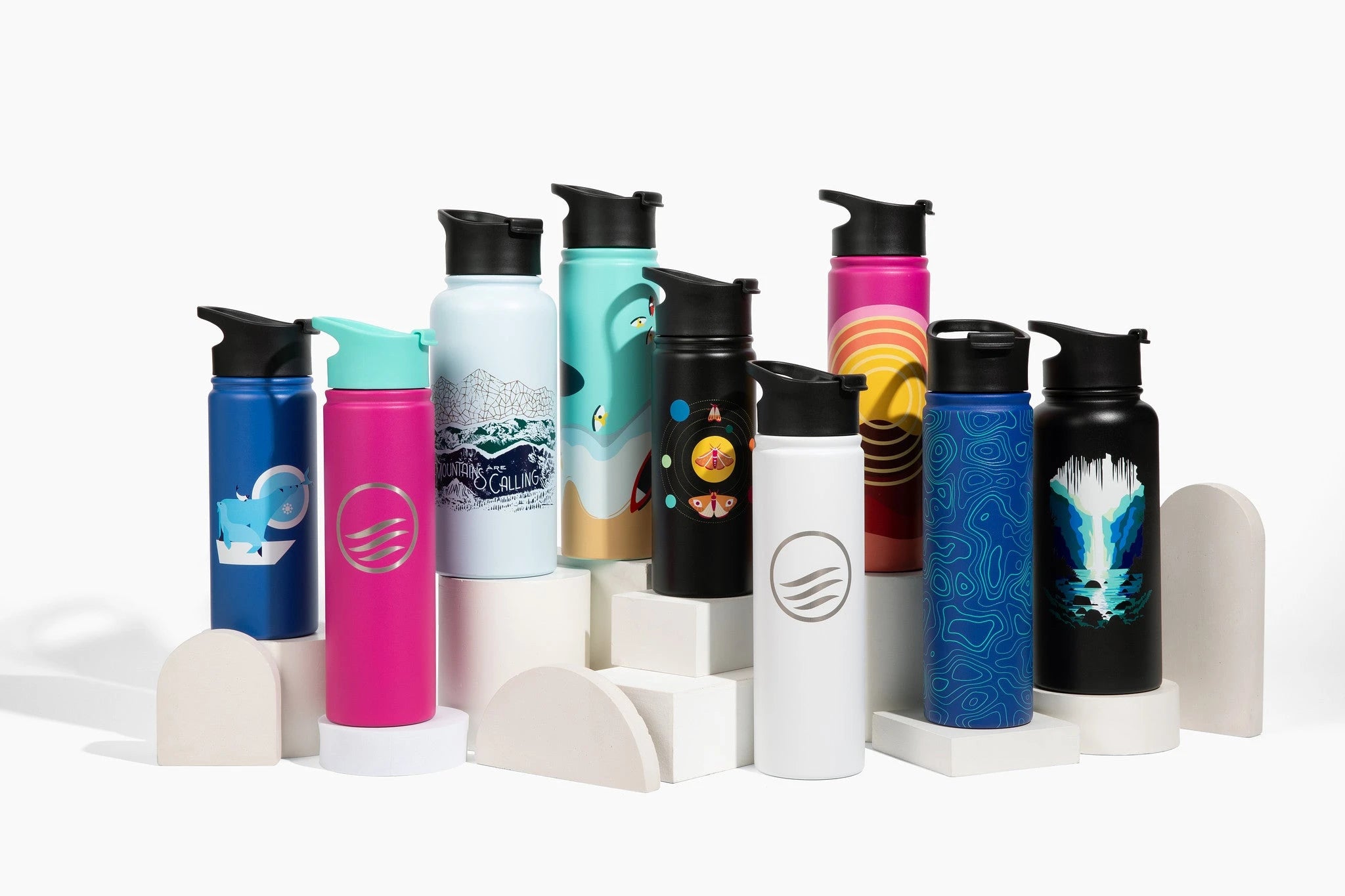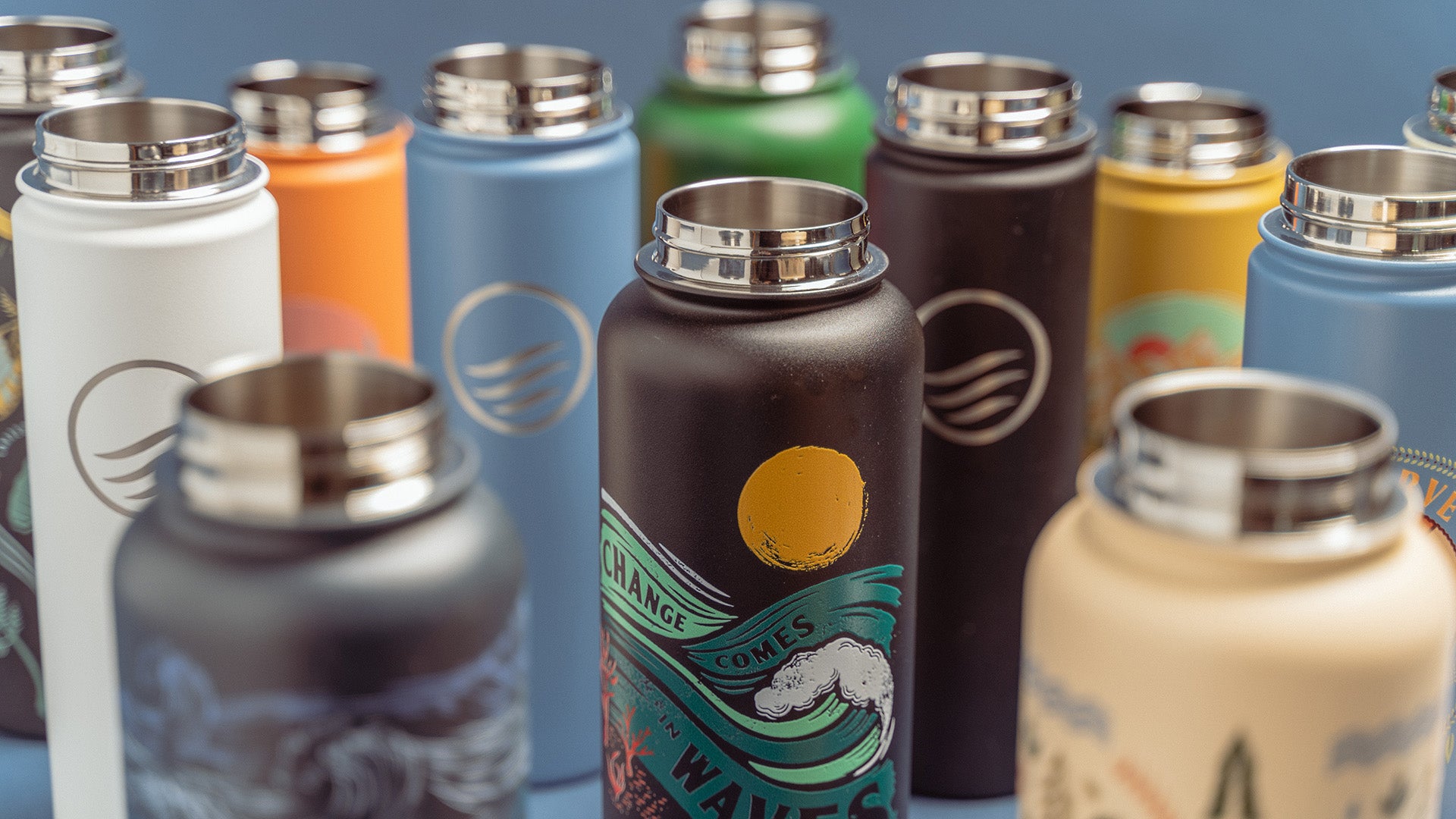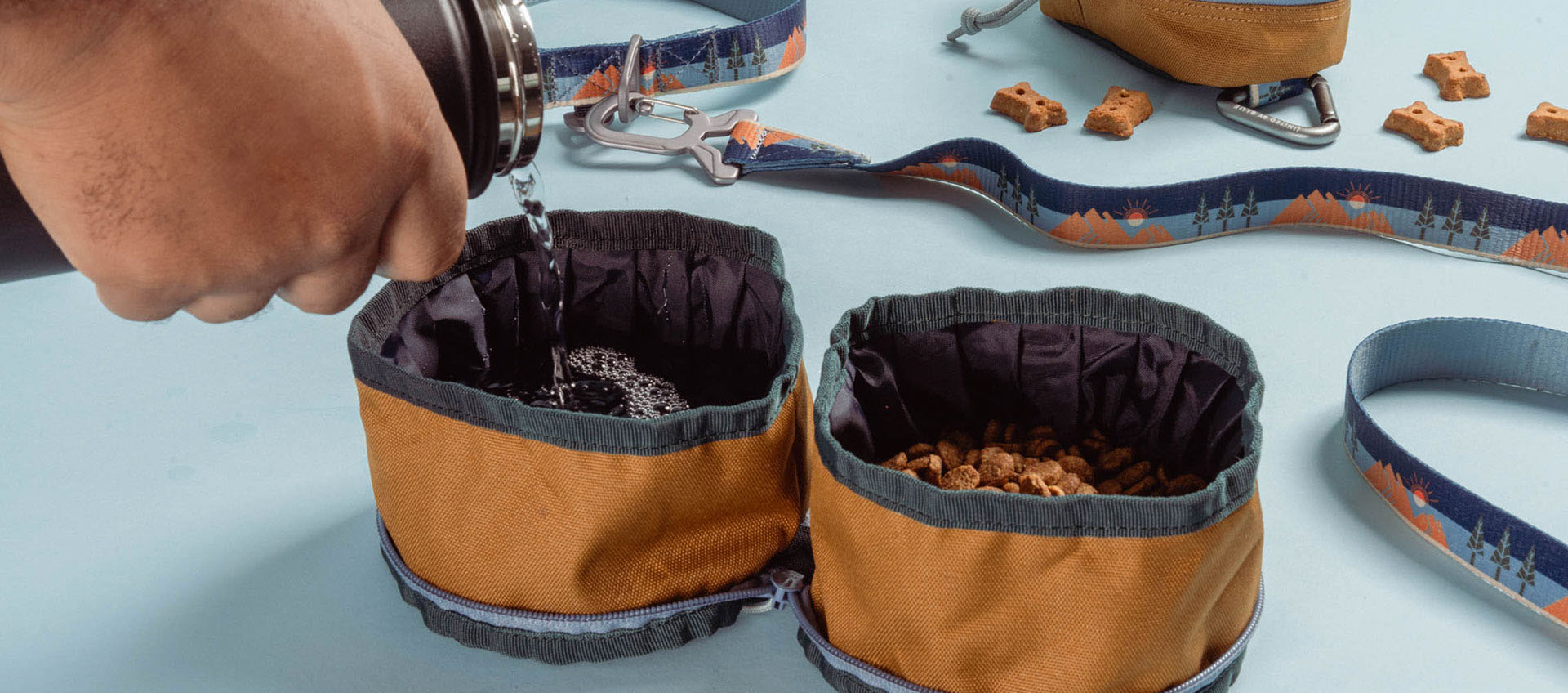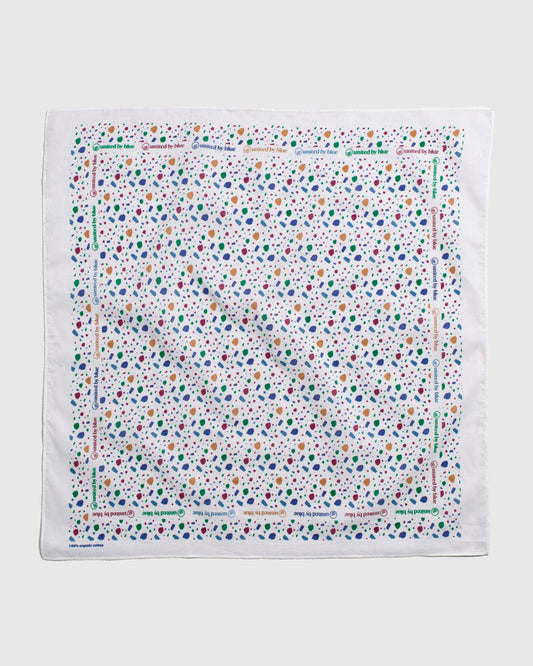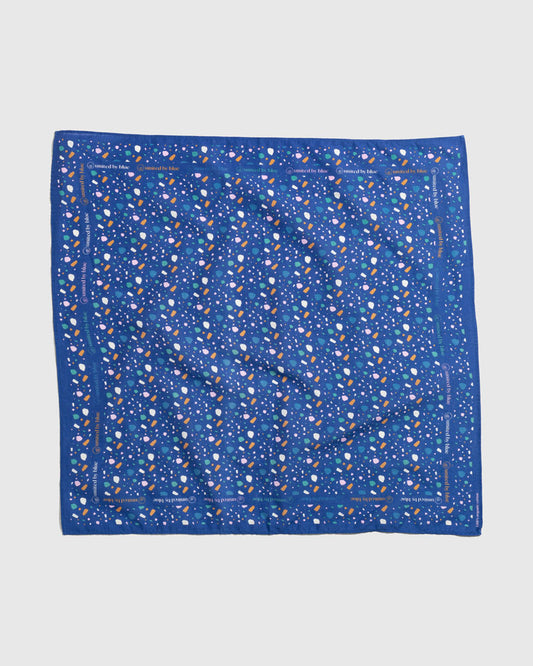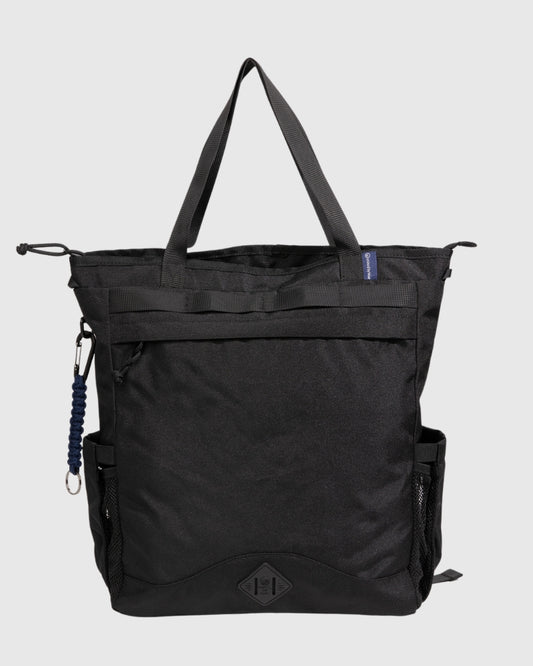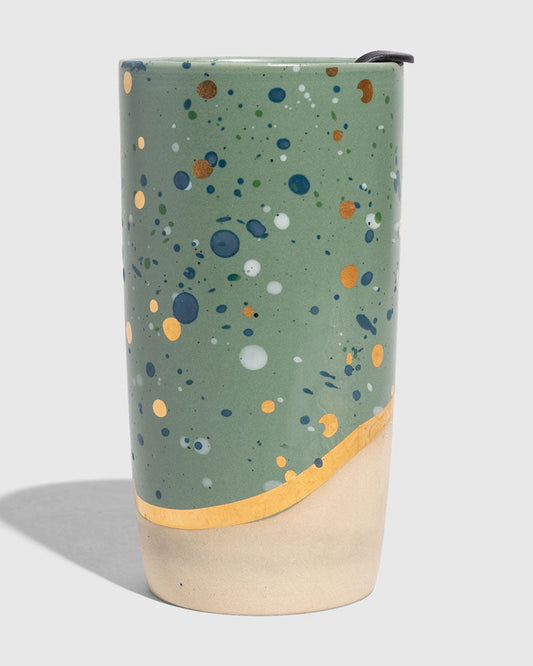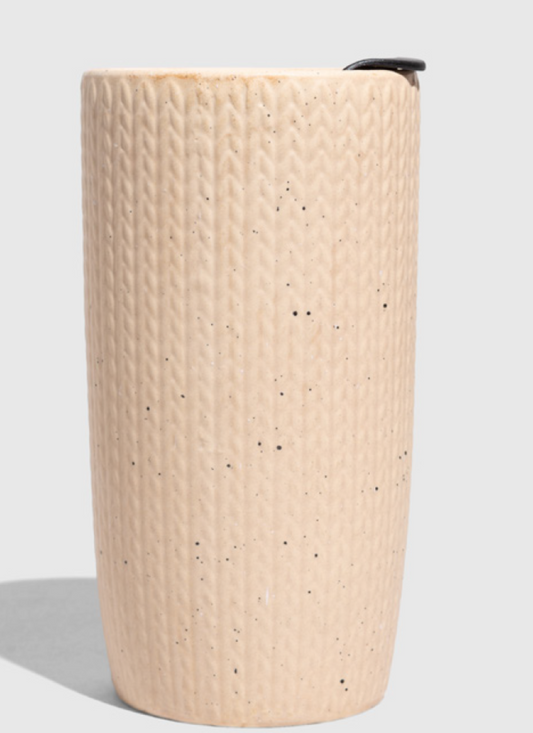
 We have great news: you likely don’t need to do laundry—the most mundane chore on the list—as often as you think. In fact, it’s actually a good idea to go longer between washes, because all those trips to the washing machine are making a pretty substantial carbon footprint. Between the chemical detergents and softeners, the dozens of gallons of water, the mysterious dry cleaning process, and the energy usage of the machines, each load of laundry has a bigger impact on the earth than you might think. Not only that, but it can cause your favorite jeans to break down much faster than they should.
We have great news: you likely don’t need to do laundry—the most mundane chore on the list—as often as you think. In fact, it’s actually a good idea to go longer between washes, because all those trips to the washing machine are making a pretty substantial carbon footprint. Between the chemical detergents and softeners, the dozens of gallons of water, the mysterious dry cleaning process, and the energy usage of the machines, each load of laundry has a bigger impact on the earth than you might think. Not only that, but it can cause your favorite jeans to break down much faster than they should.
Fortunately, greening up your laundry routine is a pretty easy move that doesn’t cost an arm and a leg. First things first: you do not need to overhaul your laundry room with Energy Star machines to make a real dent on your impact. The first step couldn’t be more simple: just wash your clothes less.

 The first electric washing machine was invented in 1908 and given the name “The Thor”. Previously, they were hand-powered machines, certainly a step up from the metal washboards used by pioneer ladies but still pretty slow-going. Using the new technology of “The Thor”, the Maytag Corporation went all in to the washing machine business and started putting them in the common peoples’ homes. A century later, we take our laundry rooms for granted and keep the local dry cleaners busy throughout the year. But what’s it doing to our environment?
The first electric washing machine was invented in 1908 and given the name “The Thor”. Previously, they were hand-powered machines, certainly a step up from the metal washboards used by pioneer ladies but still pretty slow-going. Using the new technology of “The Thor”, the Maytag Corporation went all in to the washing machine business and started putting them in the common peoples’ homes. A century later, we take our laundry rooms for granted and keep the local dry cleaners busy throughout the year. But what’s it doing to our environment? Trust us: it’s worth a second thought.
 Consider the environmental cost of just one basket of laundry, washed and dried:
Consider the environmental cost of just one basket of laundry, washed and dried:

You may have heard that scientists recently found microplastics in the most remote corner of Antarctica—meaning, they really are everywhere. Truth is, we're all responsible for this. Every time we put our clothing through the washer, tiny little fibers come off into the water. It’s similar to the lint that collects in your dryer, but these fibers are too small to be caught by machines. Instead, they pass through to wastewater treatment plants, which also don’t have filters fine enough to trap them. Treated wastewater is often dumped into rivers or oceans, carrying millions of pounds of plastic clothing fibers with it. Those fibers have now been found in the stomachs of fish, in the sediment of beaches, in swamp groves, and even in arctic ice.

You can extend the life of your clothing by being more thoughtful about tossing it in the hamper. Most of our shirts and pants do not need to be washed as often as we’re washing them. In fact, the people at Levi’s, who know a thing or two about denim, suggest washing your jeans just once every two weeks. It may sound hokey, but there really is something to the old sniff test: if you can’t smell it or see it, it probably doesn’t need to be washed. 
 Decades of marketing from the companies that make detergent and washing machines have conditioned people to throw their clothes in the laundry after one day’s wear, even though this is usually unnecessary. Cleanliness is next to godliness, right? Maybe. But let’s not believe that the only indicator of ‘clean’ is the scent of a freshly-laundered tee; it's not so. Fortunately, changing up your laundry routine is one of the easiest things you can do to lessen your environmental impact. Your clothes, and our earth, will thank you.
Decades of marketing from the companies that make detergent and washing machines have conditioned people to throw their clothes in the laundry after one day’s wear, even though this is usually unnecessary. Cleanliness is next to godliness, right? Maybe. But let’s not believe that the only indicator of ‘clean’ is the scent of a freshly-laundered tee; it's not so. Fortunately, changing up your laundry routine is one of the easiest things you can do to lessen your environmental impact. Your clothes, and our earth, will thank you.

Electric dryers are huge energy suckers—they rank in the top 5 home appliances in terms of energy consumption. Fortunately, the sun and wind can do the trick too! Depending on where you live, a clothesline may not be an option, but using a compact drying rack indoors can work well too.
One of the easiest switches to make is to always wash cold. About 90% of the energy used in the laundry room is used to heat up water, so adjusting the dial will do a lot for your energy bill. Clothes will get just as clean (hot water is really only needed for oil stains, heavy grime, berry smudges) and your clothes will stay in shape longer.
Of course, this doesn’t go for everything, but the best way to green up your laundry practices is to just do less of it. If it’s not stained or smelly, it can probably go back in your closet. And don’t wash a small load of laundry on the same settings as a full load—that can be wasteful. If you have one or two items that can’t wait, try washing them by hand.
Luckily, these are getting easier and easier to find. Look for a detergent that is free of synthetic chemicals (or at the very least free of phosphorous, which is a key ingredient in fertilizer and is found in most commercial laundry detergents). Another option: make it yourself!
Some clothes (most synthetic fibers) do not “breathe” as well as others—meaning they will trap sweat and bacteria next to the body and need to be washed more often. Natural fabrics, like organic cotton and hemp, allow more airflow, so they keep us fresher longer.
Developed by a brand called Stop! Micro waste, the Guppyfriend’s concept is simple: it’s a washing bag in which you can place synthetic clothing. During the wash cycle, the bag catches the tiny microfibers that would otherwise end up in waterways.


